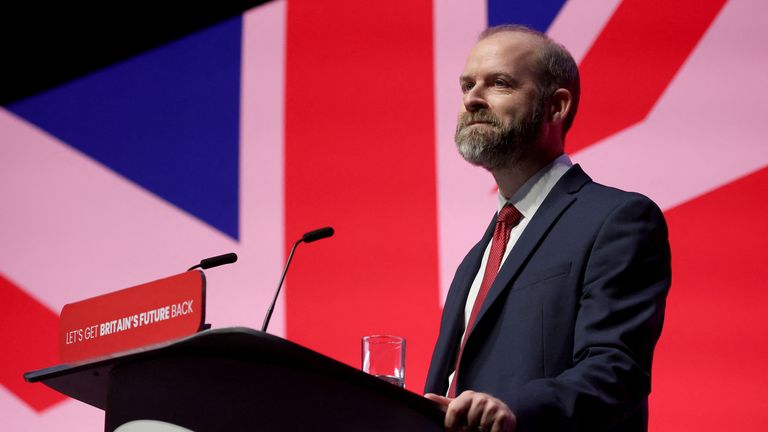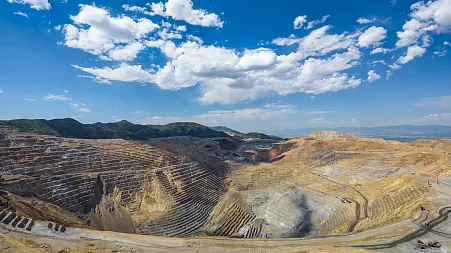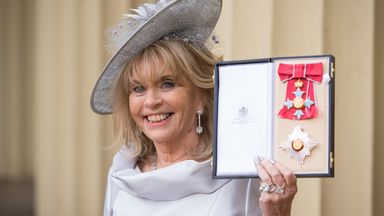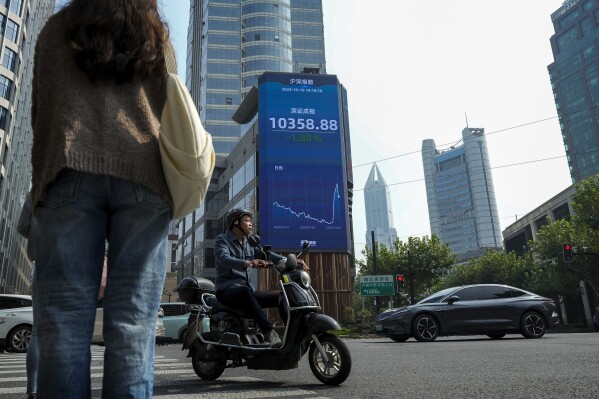DETROIT (AP) — Expectations are high for the long-awaited unveiling of Tesla’s robotaxi at a Hollywood studio Thursday night. Too high for some analysts and investors.
The company, which began selling software it calls “Full Self-Driving” nine years ago that still can’t drive itself, is expected to show off the so-called “Cybercab” vehicle, which may not have a steering wheel and pedals.
The unveiling comes as CEO Elon Musk tries to persuade investors that his company is more about artificial intelligence and robotics as it struggles to sell its core products, an aging lineup of electric vehicles.
Some analysts are predicting that it will be a historic day for the Austin, Texas, company as it takes a huge step toward a long-awaited robotaxi service powered by AI.
But others who track self-driving vehicles say Musk has yet to demonstrate Tesla’s system can travel safely without a human driver ready to step in to prevent crashes.
“I don’t know why the headlines continue to be ‘What will Tesla announce?’ rather than ‘Why does Tesla think we’re so stupid?’” said Bryant Walker Smith, a University of South Carolina law professor who studies autonomous vehicles.
He doesn’t see Tesla having the ability to show off software and hardware that can work without human supervision, even in a limited area that’s well-known to the driving system.
“We just haven’t seen any indication that that is what Tesla is working toward,” Walker Smith said. “If they were, they would be showcasing this not on a closed lot, but in an actual city or on an actual freeway.”
Without a clear breakthrough in autonomous technology, Tesla will just show off a vehicle with no pedals or steering wheel, which already has been done by numerous other companies, he said.
“The challenge is developing a combination of hardware and software plus the human and digital infrastructure to actually safely drive a vehicle even without a steering wheel on public roads in any conditions,” Walker Smith said. “Tesla has been giving us that demo every year, and it’s not reassuring us.”
Many industry analysts aren’t expecting much from the event either. While TD Cowen’s Jeff Osborne expects Musk to reveal the Cybercab and perhaps the Model 2, a lower-cost electric vehicle, he said he doesn’t expect much of a change on self-driving technology.
“We expect the event to be light on details and appeal to the true long-term believers in Tesla,” Osborne wrote in a note. Musk’s claims on the readiness of Full Self Driving, though, will be crucial “given past delays and ongoing scrutiny” of the system and of Tesla’s less-sophisticated Autopilot driver-assist software.
Tesla’s model lineup is struggling and isn’t likely to be refreshed until late next year at the earliest, Osborne wrote. Plus, he wrote that in TD Cowen’s view the “politicization of Elon” is tarnishing the Tesla brand among Democrat buyers in the U.S.
Musk has endorsed Republican presidential candidate Donald Trump and has pushed many conservative causes. Last weekend he joined Trump at a Pennsylvania rally.
Musk has been saying for more than five years that a fleet of robotaxis is near, allowing Tesla owners to make money by having their cars carry passengers while they’re not in use by the owners.
But he has acknowledged that past predictions for the use of autonomous driving proved too optimistic. In 2019, he promised the fleet of autonomous vehicles by the end of 2020.
However, Wedbush analyst Dan Ives, who is bullish on Tesla stock, wrote in an investor note that robotaxi event, dubbed “We, Robot,” by the company, will be a new chapter of growth for Tesla.
Ives expects many updates and details from Tesla on the robotaxi, plus breakthroughs in Full Self Driving and artificial intelligence. He also is looking for a phased-in strategy for rolling out the robotaxis within the next year, as well as a Tesla ride-sharing app, and demonstrations of technology “designed to revolutionize urban transportation.”
Ives, whose organization will attend the invitation-only event at the Warner Bros. studio, wrote that he also expects updates on Tesla’s Optimus humanoid robot, which the company plans to start selling in 2026.
“We believe this is a pivotal time for Tesla as the company prepares to release its years of Robotaxi R&D shadowed behind the curtains, while Musk & Co. lay out the company’s vision for the future,” Ives wrote.
The announcement comes as U.S. safety regulators are investigating Full Self Driving and Autopilot based on evidence that it has a weak system for making sure human drivers pay attention.
In addition, the U.S. National Highway Traffic Safety Administration forced Tesla to recall Full Self-Driving in February because it allowed speeding and violated other traffic laws, especially near intersections. Tesla was to fix the problems with an online software update.
Last April in Snohomish County, Washington, near Seattle, a Tesla using Full Self-Driving hit and killed a motorcyclist, authorities said. The Tesla driver told authorities that he was using the system while looking at his phone when the car rear-ended the motorcyclist. The motorcyclist was pronounced dead at the scene, authorities said.
NHTSA says it’s evaluating information on the fatal crash from Tesla and law enforcement officials.
The Justice Department also has sought information from Tesla about Full Self-Driving and Autopilot, as well as other items.
Disclaimer: The copyright of this article belongs to the original author. Reposting this article is solely for the purpose of information dissemination and does not constitute any investment advice. If there is any infringement, please contact us immediately. We will make corrections or deletions as necessary. Thank you.



